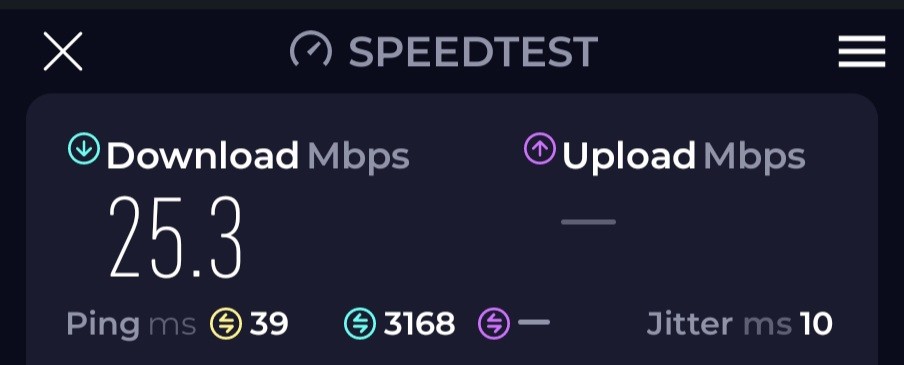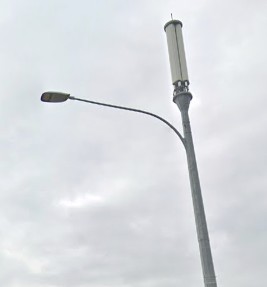OtterNZ:
I checked the bands in use and found that in these areas, the 2D SIM was only using 1800MHz (Band 3) while the Spark one was using 700MHz (Band 28). I checked using GIS Geek NZ and saw that in some of the places I was visiting (including towns with several towers) 2D wasn't using band 28 on their urban towers. Looking elsewhere I see urban towers where 2D is using band 28. I've found old threads talking about new 2D towers having 700MHz/Band 28 equipment, while old ones are being upgraded to include band 28.
Two things to add:-
2degrees is progressively upgrading tower all over the motu to add more 4G channels (usually at the same time as the 5G upgrade which itself adds even more capacity). This has seen many towers go from single carrier L1800 or dual carrier L900/1800 to quad carrier 4G L700/900/1800/2100 + 5G NR3500. This is a massive project and is still progressing. I'm sadly in a part of Auckland that is still using Huawei gear but once the Ericsson L700/900/1800/2100/N3500 gear go in it'll be amazing.
The signals strength your phone reports doesn't show the full picture due to Carrier Aggregation (CA) which combines different channels in different bands. I have observed situations at locations where (for example) where Carrier A has CA of 700/1800/2100 with the phone using 2100 as the main carrier and thus reporting a weak 2100 signal, while Carrier B off the same tower has the same set of frequencies with the phone selecting 700 as the main carrier and reporting a much stronger 700 signal -- but in reality both carrier actually deliver similar performance given it's both the same CA of 700/1800/2100 (with the only diff being the main carrier).
Maybe phones should report the best signal strength out of the channels it is CA rather than just the signal strength of the serving cell.






